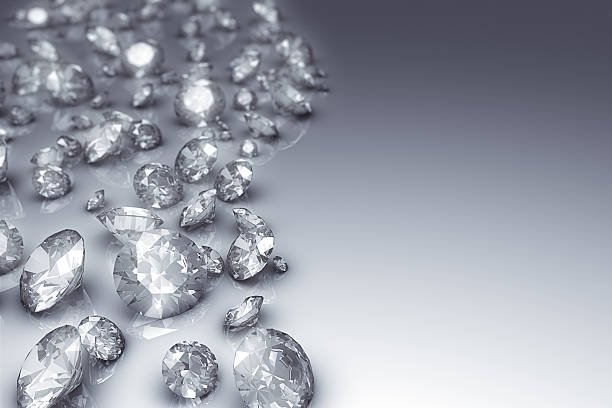Get To Know Opal, The Birthstone of October All Entries

As far back as Roman times, opals have been admired and revered for a unique visual phenomenon known as "play-of-color" meaning, that they flash a brilliant rainbow of colors. Opals come in two broad classes, precious and common. It is the precious opal which displays play-of-color; common opal does not.
Opals often have a pearly, or milky, appearance created by tiny gas bubbles trapped within the gemstone. Reds and yellows indicate the presence of iron oxides, and the spectacular black opals that can flash blue, red or green, get their color from organic carbon and magnesium oxides. The most valuable opal pattern is the “Harlequin,” with its large angular patches of green, red and yellow.
For October birthstone gifts, white opals work well with light gemstones, and dark opals look beautiful mixed with darker stones that match the opal’s deepest shade, or ones that pick up the flashing colors. As opals are a soft gemstone, they work best as earrings or pendants.
Where They’re Found
Opals are found in the cavities and veins of igneous or sedimentary rock. They were best known in Europe until the 1890s, when Australian mines began to commercially produce these gemstones. Today, Australia is the primary source for this gorgeous birthstone and the best quality opals originate there. Opals can also be found in the U.S. in the state of Nevada as well as Brazil, Mexico, Czechoslovakia, and southern Africa.
Value
Opals are considered a relatively “new” gemstone, so their value is not as easy to arrive at as some better known gems. When it comes to the value of your opal, doublet opals and triplet opals are less expensive than solids. A side view of the stone typically, though not always, explains the difference. However, to make things a little confusing, certain high quality triplets can be more valuable than lower quality solids. If you are looking to sell gemstones, Ralph Mueller & Associates can help you accurately determine what your opal is worth.